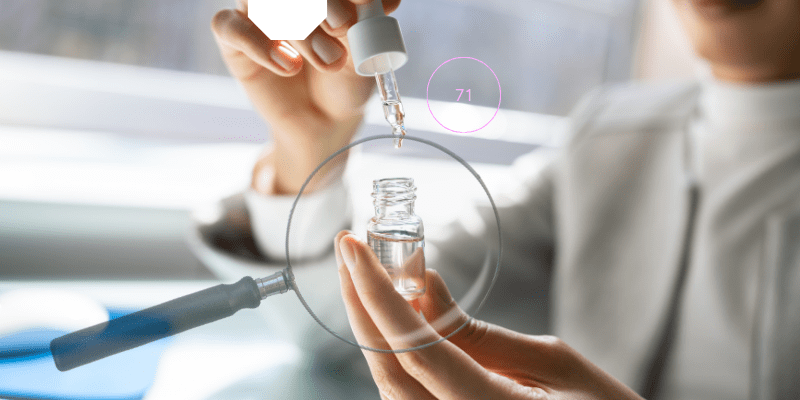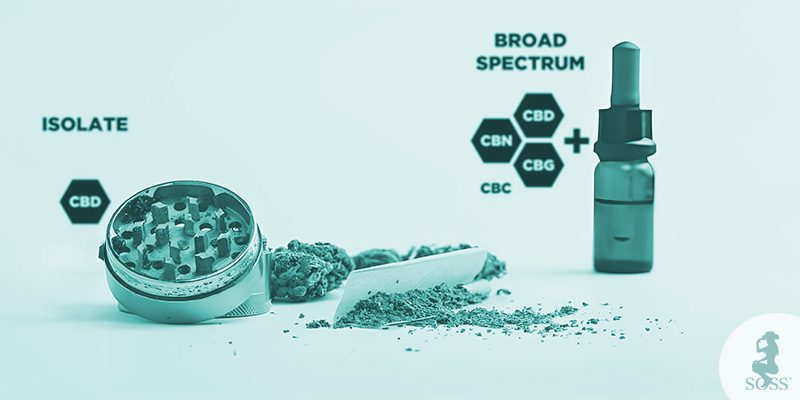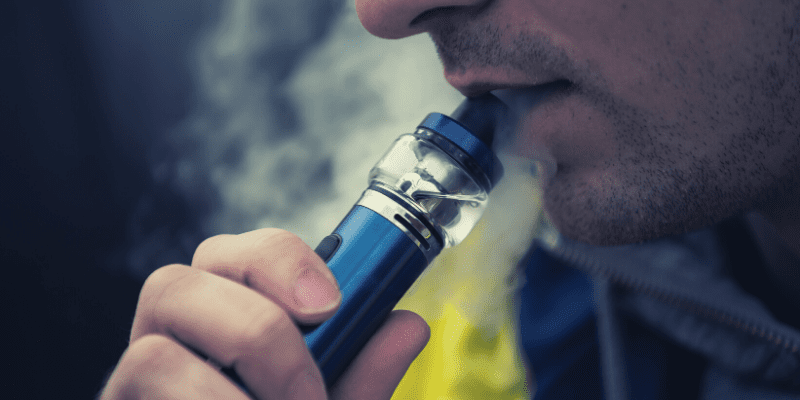In our day-to-day work at Cowgirl SOSS™, our primary goal is guiding and educating new users of CBD. We have put together a list of terms and concepts associated with the world of CBD to help you navigate a land that is new and potentially confusing.
Our goal for this glossary is to empower you with vocabulary so you can make informed decisions about incorporating CBD into your wellness routine and finding the right products to suit your needs.
In the following glossary, we’ll cover:
- Types of CBD and Cannabinoids
- Hemp and Cannabis Plants
- CBD Products and Consumption Methods
- CBD Extraction and Quality Control
- Regulatory landscape
We put these glossary terms into categories to make it easier for you to find the information you need and, I really like to be organized! Some of these terms may fit into multiple categories, but this categorization should provide a clear overall structure for your glossary.
Table of Contents:
- Types of CBD and Cannabinoids
- Hemp and Cannabis Plants
- CBD Products and Consumption Methods
- CBD Extraction and Quality Control
- Legal and Regulatory Aspects
- Frequently Asked Questions
- Conclusion
Types of CBD and Cannabinoids
When exploring the world of CBD, you’ll encounter various types of CBD products and cannabinoids, each with its own unique properties and potential benefits. In this category, we’ll define and explore the most common types of CBD, such as broad-spectrum, full-spectrum [1], and isolate, as well as minor cannabinoids like CBN and CBG [2].
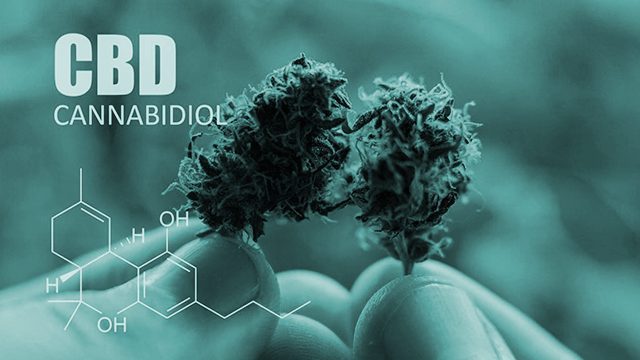
- Broad-spectrum: A type of CBD that contains minor cannabinoids and terpenes [3] but no THC [4].
- Full-spectrum: A type of CBD that contains all the beneficial compounds found in the hemp plant, including THC (up to 0.3%), minor cannabinoids, terpenes, and flavonoids.
- Isolate: Up to 99% pure CBD, does not contain other cannabinoids, terpenes, or plant compounds.
- Cannabidiol (CBD): A non-intoxicating cannabinoid found in hemp and marijuana plants, known for its potential therapeutic benefits, such as reducing stress [5], inflammation, and pain.
- Tetrahydrocannabinol (THC): The cannabinoid responsible for the “high” feeling. Hemp-derived products contain 0.3% or less THC.
- CBN (Cannabinol): A sedating minor cannabinoid.
- CBG (Cannabigerol): A minor cannabinoid reported to have anti-inflammatory [6] and antibacterial properties.
- Cannabinoid: compounds found in cannabis plants that interact with the human body’s endocannabinoid system [7], potentially influencing mood, pain [8], appetite, and other physiological processes.
Hemp and Cannabis Plants:
Not all cannabis is “marijuana.” The biggest misconception we hear regarding CBD is, “I don’t want to get high.” Our goal is to inform and educate whomever will listen. Curiosity is not just for the young. In this category, we will explain the differences between cannabis species to inform you about the concept or misconception of psychoactivity, what terpenes are and more.
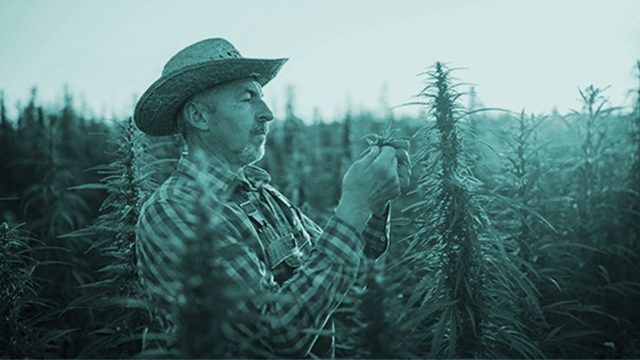
- Cannabis sativa: The primary species CBD and minor cannabinoids are sourced from.
- Hemp: A Cannabis Sativa variety that contains 0.3% or less THC used for CBD extraction and some industrial purposes.
- Psychoactive: A substance that affects the mind in terms of mental processes, perception, mood [9], or behavior. Another way to say psychoactive is “high.”
- Terpenes: Compounds found in plants that are responsible for distinct aromas and may contribute to therapeutic effects via the entourage effect [10]. Terpenes also add flavor and differentiate different strains of cannabis.
- Entourage Effect: A theory that states that the different cannabis compounds, such as terpenes, flavonoids and cannabinoids work together to increase the therapeutic benefits.
- Decarboxylation: The process of heating cannabis to convert it from acidic to active. This process is necessary for cannabis to interact with the endocannabinoid system.
CBD Products and Consumption Methods:
Now that we’ve covered the basics of hemp, cannabis, and the various compounds found within these plants, let’s get into the world of CBD products and the different ways to consume them.
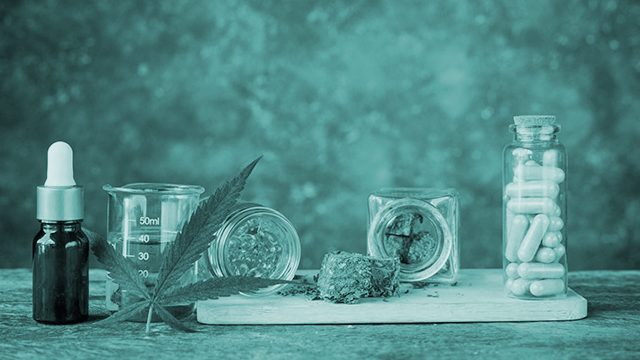
- CBD Edibles: Food products infused with CBD, such as gummies, chocolates, or baked goods. Edibles may take longer to take effect compared to other methods but can provide longer-lasting relief.
- CBD Tincture: A liquid that contains CBD dissolved in a carrier oil or alcohol.
- CBD Vape Oil: CBD dissolved in oil and made to be used in a vaporizer [11].
- Topical Application: CBD products made to be applied directly to the skin
- Sublingual Administration: The method recommended for taking CBD tinctures involves placing CBD oil under the tongue, allowing for faster absorption into the bloodstream through the sublingual glands.
- Bioavailability: Bioavailability [12] is measured in percentages and tells us how much of a substance is “available” for our bodies to use. Different consumption methods can impact CBD’s bioavailability.
- Carrier Oil: A base oil, such as coconut oil, hemp seed oil, or olive oil, used to dilute a CBD extract.
- Additive: An ingredient added to CBD products to add flavour or aroma.
- Nano-emulsified CBD: A type of CBD that has been treated to break down the CBD molecules into tiny, more easily absorbable particles. Nano-emulsification [13] may increase the bioavailability of CBD.
CBD Extraction and Quality Control:
As a small, Colorado family-owned business what sets us apart is quality. At Cowgirl SOSS™ we source our CBD from another local family-owned extraction lab that we believe has the best quality in the United States.
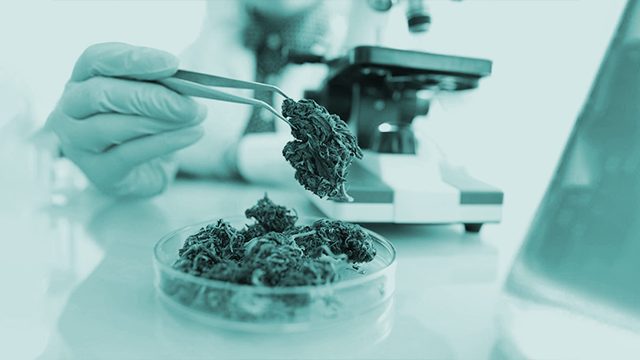
We toured many extraction labs before deciding and we could not be happier with the quality of raw materials. Producing premium quality products is a labour of love and the right thing to do.
One of the ethical cornerstones we pride ourselves on is publishing our Certificates of Analysis (COAs) [14] so you can see for yourself that the quality and purity of our CBD products are verified by an independent third party lab.
Read on if you want to “nerd out” on cannabis extraction methods
- CO2 Extraction: A method of extracting CBD and other compounds from hemp using pressurized carbon dioxide (CO2). This process is known for producing clean, pure, and safe CBD extracts without the use of harmful solvents.
- Supercritical CO2 Extraction: Another method of carbon dioxide extraction utilizing high temperature and pressure. This type of extraction is efficient and considered the gold standard in CBD extraction.
- Lipid Extraction: A gentler extraction method that uses lipids (fats) like coconut oil or olive oil to absorb CBD and other compounds from the hemp plant. While less efficient than CO2 extraction, lipid extraction is a popular choice for small-scale or homemade CBD products.
- Winterization: A purification process that removes unwanted compounds, such as waxes, fats, and chlorophyll, from the CBD extract. Winterization involves mixing the extract with ethanol and then freezing and filtering the mixture to remove the undesired components, resulting in a purer CBD product.
- Certificate of Analysis (COA): A document issued by an accredited third-party laboratory that verifies the cannabinoid content, potency, and purity of a CBD product. COAs also test for the presence of contaminants like heavy metals, pesticides, and residual solvents, ensuring that the product is safe for consumption. Reputable CBD companies should readily provide COAs for their products.
Understanding these terms is like looking under the hood of a car- not that exciting but important regardless. The quality of the CBD product you decide on should be the primary reason you choose a brand. .
Legal and Regulatory Aspects:
Since we talked about looking under the hood of a car, it’s now time to drive. The CBD industry is growing and changing quickly. Here we will cover the precedent-setting 2018 Farm Bill and the Endocannabinoid System (ECS), two entirely distinct entities that make the consumption of CBD a thing.
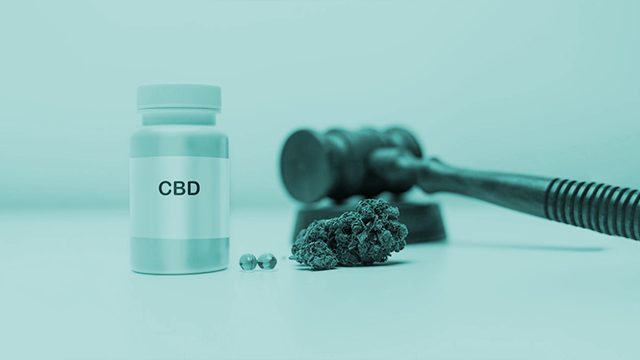
- Farm Bill 2018: The Agriculture Improvement Act of 2018 [15] is also known as the Farm Bill 2018. It’s a piece of federal legislation that legalized the cultivation of hemp and the production of hemp-derived products, including CBD, at the national level. Under this law, hemp is defined as cannabis plants containing 0.3% or less THC by dry weight.
The Farm Bill 2018 removed hemp from the list of controlled substances and made it an agricultural commodity. This opened the door for the legal production and sale of hemp-derived CBD products. - Endocannabinoid System (ECS): A complex cell-signaling system found in all mammals. This system plays a crucial role in regulating various physiological processes, such as:
- Human mood
- Your appetite
- Influences sleep cycles
- Sending pain sensation to the brain, and
- Promote immune response.
- The ECS consists of endocannabinoids, receptors that bind to cannabinoids, and enzymes that break them down. CBD and other cannabinoids found in hemp and marijuana plants interact with the ECS.
This interaction can potentially produce a range of therapeutic effects. Understanding the ECS is key to grasping how CBD works in the body and why it may be beneficial for certain health conditions.
Frequently Asked Questions
What is the meaning of CBD in medical terms?
In medical terms, CBD stands for cannabidiol, a naturally occurring compound found in cannabis plants, including hemp and marijuana. CBD is known for its immense potential for health benefits.
Is THC bad for my health?
THC is not bad for your health if consumed in a measured and limited amount. CBD products, for example, contain 0.03% THC which does not do any harm but rather boosts the quality and effect of the product.
What are the common additives in CBD products?
CBD products commonly include additives such as carrier oils, flavorings, and terpenes.
Conclusion
These terms might bore some, but in 1597 Francis Bacon proclaimed, “Knowledge is power!” and that still holds true. The information from this glossary will set you on your way to make informed decisions about incorporating CBD into your life. As you navigate the ever-evolving world of CBD, stay curious, engaged, and proactive in your approach. I hope you feel like you know more now. I wish you health, happiness and love.
As always, reach out to Cowgirl SOSS™ with any questions. You are important to us and we are here for you.
Reference:
- Reference:
- https://www.academia.edu/40462421/Full_Spectrum_CBD_Oil_Benefits_and_For_Sale
- https://www.ncbi.nlm.nih.gov/pmc/articles/PMC9322760/
- https://www.ncbi.nlm.nih.gov/pmc/articles/PMC7763918/
- https://www.fda.gov/news-events/public-health-focus/fda-regulation-cannabis-and-cannabis-derived-products-including-cannabidiol-cbd#:~:text=and%20any%20part%20of%20that,include%20removing%20hemp%20from%20the
- https://www.researchgate.net/publication/338059303_Use_of_cannabidiol_in_stress_and_stress-related_disorders
- https://www.sciencedirect.com/science/article/abs/pii/S1094553921000596
- https://link.springer.com/article/10.1007/s12035-020-02054-6
- https://www.sciencedirect.com/science/article/abs/pii/S1521689620300458
- https://www.researchgate.net/publication/360096410_The_acute_effects_of_cannabidiol_on_emotional_processing_and_stress_a_neurocognitive_imaging_study
- https://www.researchgate.net/publication/335616661_The_Entourage_Effect_Terpenes_Coupled_with_Cannabinoids_for_the_Treatment_of_Mood_Disorders_and_Anxiety_Disorders
- https://www.cdc.gov/tobacco/basic_information/e-cigarettes/pdfs/ecigarette-or-vaping-products-visual-dictionary-508.pdf
- https://www.ncbi.nlm.nih.gov/books/NBK557852/
- https://www.science.gov/topicpages/n/nano+emulsifying+drug
- https://www.trade.gov/special-documents#:~:text=Certificate%20of%20Analysis%20%2D%20attests%20that,by%20the%20country%20of%20importation.
- https://www.fs.usda.gov/managing-land/farm-bill#:~:text=Biomass%20Demonstration%20Projects.-,The%20Agriculture%20Improvement%20Act%20of%202018%20(the%202018%20Farm%20Bill,management%2C%20and%20other%20functions%20of

